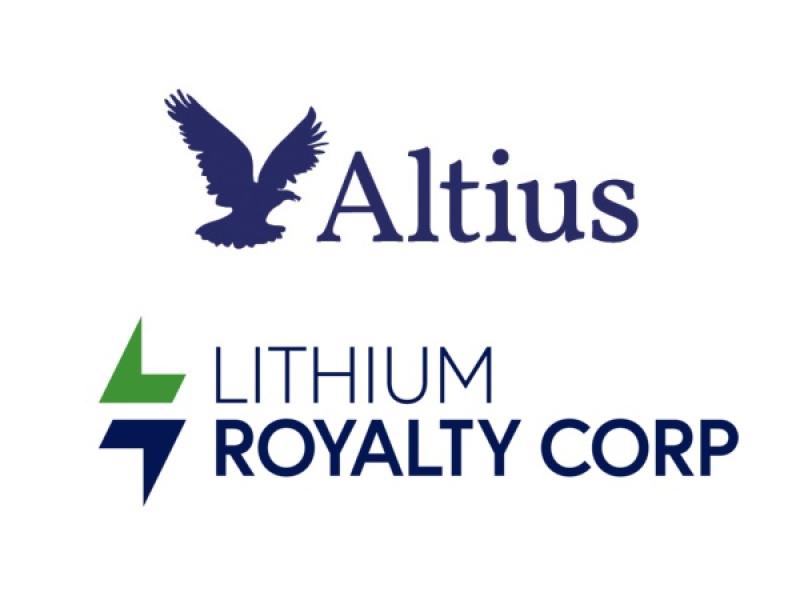
A panel of Canadian real estate professionals have urged their peers to hold the line on their net-zero climate goals, contending during a ULI Toronto webinar sustainability remains the best path forward for the sector.
During the online event held Tuesday (April 23) titled Carbon Attack: Has real estate given up on the net-zero agenda?, Julia Rogers, the senior vice-president of consultancy at Pinchin Ltd., employed a nautical metaphor in her introductory presentation: “The net-zero direction hasn’t changed. The winds shift both politically and economically: we’re not stopping, but we’re tacking.”
Climate efforts are under pressure from the U.S. government in addition to pullbacks from some businesses. Some of the largest banks in the world, including Canada banks, have quit a global climate pact, a sign of the declining appetite for net-zero aspirations in the business world.
Economic uncertainty has led to corporate purse strings being tightened, limiting funds for green initiatives.
Despite these headwinds, Rogers and other panellists said the argument for sustainability can be made to appeal to every level of a company and decarbonization mitigates risks in a building portfolio.
The rapid pace of new technologies serves as a source of optimism for Julia Muller, partner of sustainability at Hazelview Investments.
Noting how economics and politics go through cycles, Jamie Gray-Donald, principal at Recursive Advisors, added that “The words will change, but I think the business case still remains”.
Value from decarbonization
Sustainability will be achieved not through idealism “but through practical, scalable building-level asset strategies that work,” Rogers said.
Pinchin’s strategy, for example, addresses the most challenging 20 per cent of assets in a portfolio which bring down the overall performance due to issues such as poorly insulated building envelopes. The environmental consultancy designs for durability and performance with choices such as dynamic energy procurement, smart controls and envelope improvements because of regulatory uncertainty, she said.
Policy programs and projects are bundled, starting with fast-payback projects that make rapid, visible changes.
“We really try to look at how each of these projects helps with quick wins that can do more than just save carbon,” Rogers said. “They save money, they build momentum, and they give us the proof of concepts that we need to move our program forward.”
Juhee Oh, director of sustainability and climate at Choice Properties, said there is an assumption net-zero “has a huge cost premium.” But reiterating Rogers’ point, sustainable technologies can result in both decarbonization and operational savings, she said.
Innovations such as a drone that flies around a building envelope to detect leaks and other areas for energy efficiency improvements are why Muller is positive about the real estate industry’s path to decarbonization.
Blair Astle, the principal of real estate sustainable investing at the Healthcare of Ontario Pension Plan, agreed on the technology front, and noted the support green building codes and regulations are still receiving.
He said energy efficiency measures such as heat recovery should be a priority, because energy efficiency upgrades add value to a building by reducing the operating costs.
Limiting risk exposure
Risk management emerged frequently on the webinar as an advantage of acting sustainably.
Returning to her metaphor, Rogers said “avoiding the shoals and the cost of inaction” is critical. Underestimating sustainability could incur insurance premiums, with increased regulatory risk and the potential of losing tenants and talent who prioritize sustainable companies.
Muller said Hazelview sees sustainability as a path to mitigate its financial and operational risks by future-proofing its assets and boosting resilience. In the long-term, it avoids stranded assets that are not aligned with the energy transition.
Decoupling from carbon-emitting assets helps with risk management across liquidity, marketing, resale value, insurability, taxes, bylaws and commodities, Astle said. One example of reducing commodity risk is being freed from the volatile cost of fossil fuels for heating.
Keeping eyes on the horizon
Flexibility is key to succeeding on the sustainability front, Rogers said. “Net-zero is a long game that protects the value of our assets. It’s about tacking and being flexible, not turning around.”
Gray-Donald recommends reflecting on which sustainability efforts need pausing and which should be pushed now, and aligning to the sentiments of the company’s executives. This attitude will gain the trust of the leadership when the time comes for the pendulum to swing back toward sustainability and investment resurges.
“Sustainability is very good defence,” he said.










